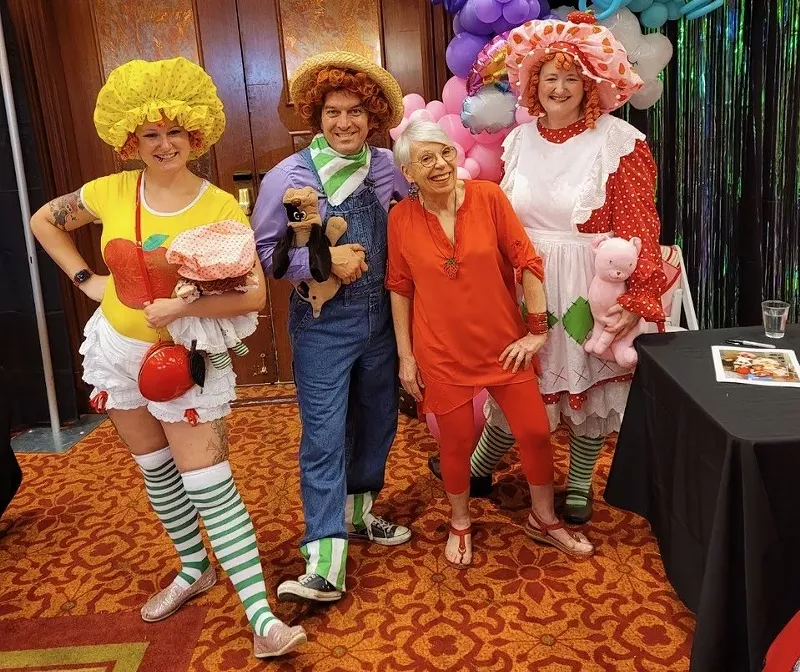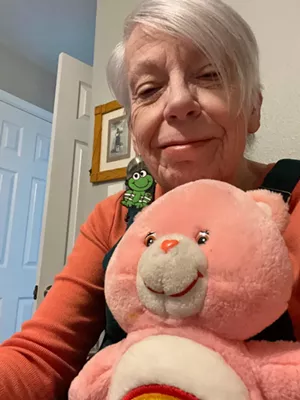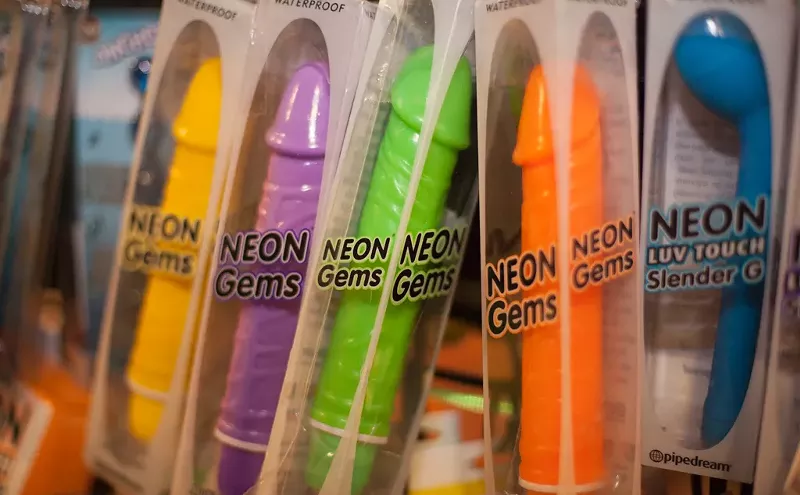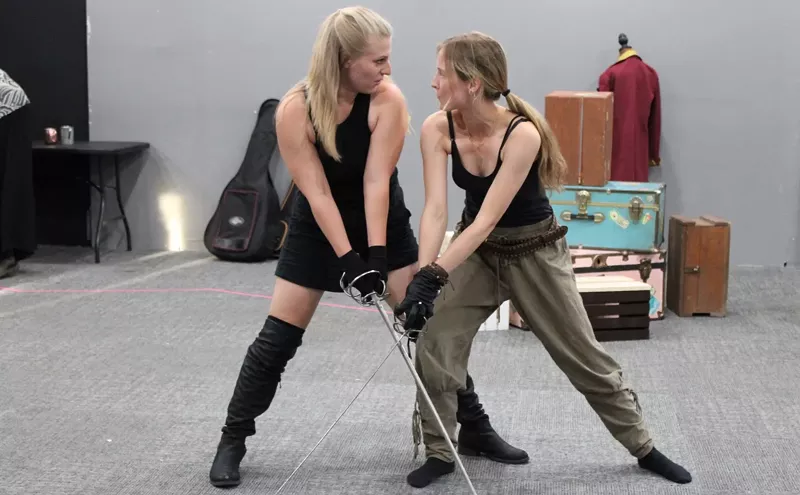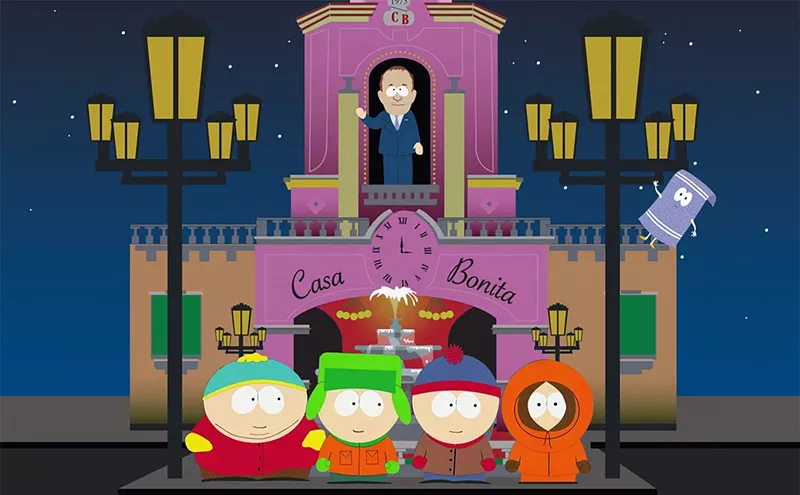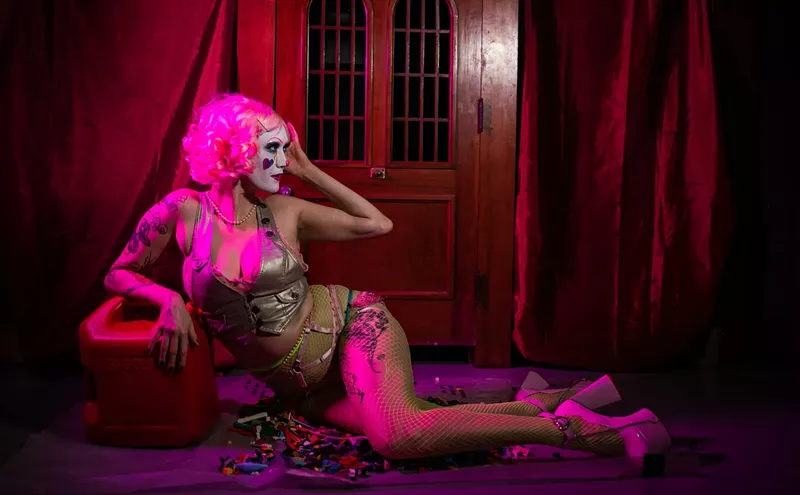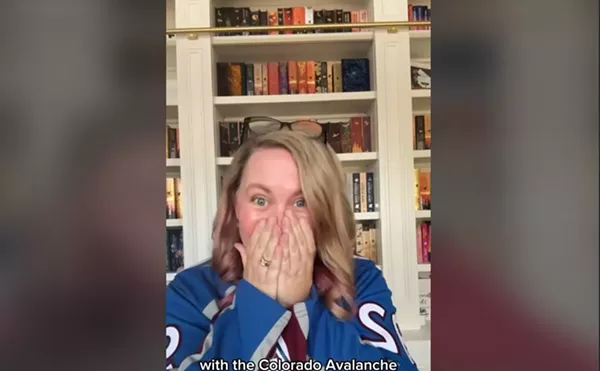If you were a kid in the 1980s, you knew Strawberry Shortcake and the Care Bears. Maybe you snuggled up with Cheer Bear. Maybe you were lucky enough to own Strawberry Shortcake’s Berry Bake Shop, where the Purple Pieman could wreak sweet havoc. Maybe you thrilled in watching all their stories in the cartoons, TV specials and animated films that followed. Even if it was a younger sibling that was the real fan, these were integral parts of both kids’ entertainment and toy aisles. And you have Muriel Juneberry Fahrion to thank for it.
Fahrion, a longtime and respected illustrator for American Greetings, is the special guest at the Toy and Doll Supershow this Sunday, April 16, at the Delta by Marriott in Northglenn. The show runs from 11 a.m. to 4 p.m., with concessions open from noon to 3 p.m. Tickets are available at the door for $8 (or $12 if you want early-bird access at 10 a.m.), and kids twelve and under get in free.
Fahrion was born in Cleveland in 1945, one of the middle of what would become seven children all sharing a 930-square-foot house. “So my favorite place was under the table, drawing things,” recalls Fahrion from her home in Tulsa, Oklahoma. “By the time I could talk, I’d always say I wanted to be an artist. Unlike a lot of people who have to find their way, I knew where I was going. I would look at the Impressionists and think that I could be just like Monet. This was at four years old.”
Fahrion took all the art classes she could over the years, culminating in a scholarship to the Cooper School of Art in Cleveland. “It wasn’t Cooper Union [NYC's prestigious private college], but do you think I told my potential employers that?” Fahrion laughs. “No way. I just said I went to Cooper and let them draw their own conclusions.”
Back then, American Greetings was based in Cleveland, and Hallmark was one of the two leaders in the field. “American Greetings would take the top students from the local art schools and offer them jobs,” says Fahrion, who remembers that some of her peers in school considered it beneath them to work for a greeting card company. “Not me,” she says. “You’re going to pay me to draw? Yes, please.”
At first, her career at American Greetings failed to take off, Fahrion says: “They were going to fire me at one time because I wasn’t good at painting roses. But the person who was my supervisor at the time got another job, and they ended up placing me in the Humorous and Juvenile design group instead.”
Strawberry Shortcake, which would become the first of Fahrion’s many successes in the industry, came about mainly because American Greetings wanted to fill its slate of offerings — not to mention maintain their territory on store shelves — between major holidays. Fahrion’s art director gave her a few touchpoints in an assignment to create a group of characters to boost sales that would include rag dolls, strawberries, daisies, the color pink — all things that had proven popular with the customer base. “The first drawing I did of Strawberry Shortcake was in 1977," Fahrion recalls. "Then I put Apple Dumplin’ with her, as Shortcake’s baby sister. We had to have a boy in there, so we had Huckleberry Pie, and then Blueberry Muffin.”
Those four dolls comprised the first wave of Strawberry Shortcake toys.
But those dolls would have stayed on greeting cards and never seen toy shelves were it not for Bernie Loomis. “Bernie had been instrumental in making Star Wars the licensing phenomenon that it was,” Fahrion explains.
Back then, Star Wars figures were considered toys for boys; it's why the term “action figure” was coined, so as to avoid calling them dolls. “[Bernie] came to us and asked what ideas we had that would be just as big, but for girls. Our vice president of creatives at the time was Tom Wilson, creator of Ziggy,” says Fahrion. Ziggy, then immensely popular with the public in general, was the first suggestion. “Bernie Loomis said, ‘Not for girls,'” Fahrion remembers, shaking her head. “'That’s not it.'”
Strawberry Shortcake was the fifth idea Wilson presented to Loomis. “As soon as Bernie saw it, he said, ‘That’s it!’ He said it would be toys, it would be animation, it would be decor, even an amusement park," Fahrion says, "which all happened except that last one.”
Fahrion and her team were given a budget of $1,000 and a short amount of time to put together a presentation that Loomis could take and sell. Fahrion collaborated with writer Lynn Edwards to put together the world of Strawberry Shortcake, filling in the backstories of the characters. They were also charged with creating a prototype.
“We were 2-D artists. But I knew my sister could sew, and she only had six kids, so she had the time,” Fahrion deadpans. “But that’s how we started. It all took off from there.”
After Strawberry Shortcake hit shelves and began a long run of popularity, the creative team Fahrion worked with became an offshoot of American Greetings under a new name: TCFC, which stood for Those Characters From Cleveland. “It was meant to focus on the strong licensing properties we had,” Fahrion explains. “Holly Hobbie, Ziggy, Herself the Elf, and it became known that Shortcake was going to be the big one.”
With that success came an expansion of the Shortcake line, in terms of both characters and related products. The Purple Pieman, for example, only came about as a cast member because the animation needed a villain. “The Purple Pieman is all angles,” Fahrion says. Where most of her designs are rounded and charming and sweet, the Pieman had to be different. So she modeled him after her art director, whom they called the Silver Fox and who became the inspiration for the Shortcake antagonist. There would eventually be 39 different characters in the line.
So while the Strawberry Shortcake property was something born in greeting cards and making its way into licensing product, the Care Bears were created specifically for their licensing potential. It started when Fahrion and her team attended a Teddy Bear Show near Columbus and came back with the idea.
“Each one of the bears had a theme, and those themes were the same as the best-selling greeting card themes at the time,” reveals Fahrion. The initial ten Care Bears show this most clearly: Birthday Bear (which was replaced by Share Bear in 2002), Cheer Bear, Friend Bear, Funshine Bear, Good Luck Bear, Bedtime Bear, Love-a-Lot Bear, Tenderheart Bear, Wish Bear and Grumpy Bear, who was apparently the stuffed ursine equivalent of a condolence card.
“One of the things that always made these lines strong,” says Fahrion, “was that we always had writers. And they always worked right alongside the artists. It was a team. Everything had a backstory. It helped to create that world for each property.”
Story is also what keeps the 77-year-old creator coming to shows like the Toy and Doll Show — only now they’re the stories that the fans of her characters share with her. She hears from fans from every walk of life, all of them united under the love for scented dolls and bears that wear their feelings on their bellies.
When she comes to these events, where she also signs autographs and sells her own jewelry and prints of her art, her books and the like, she says she invites every fan to do the same thing: “Tell me about you,” she says.
Like the Care Bears motto says: Caring is what counts.
The 2023 Toy and Doll Supershow happens 11 a.m. to 4 p.m. Sunday, April 16, Delta by Marriott, 10 East 120th Avenue, Northglenn. Tickets to the show start at $8 and are only available at the door. For more information, see the event website.

Audio By Carbonatix
[
{
"name": "GPT - Billboard - Slot Inline - Content - Labeled - No Desktop",
"component": "23668565",
"insertPoint": "2",
"requiredCountToDisplay": "2"
},{
"name": "STN Player - Float - Mobile Only ",
"component": "23853568",
"insertPoint": "2",
"requiredCountToDisplay": "2"
},{
"name": "Editor Picks",
"component": "17242653",
"insertPoint": "4",
"requiredCountToDisplay": "1"
},{
"name": "Inline Links",
"component": "18838239",
"insertPoint": "8th",
"startingPoint": 8,
"requiredCountToDisplay": "7",
"maxInsertions": 25
},{
"name": "GPT - 2x Rectangles Desktop, Tower on Mobile - Labeled",
"component": "24956856",
"insertPoint": "8th",
"startingPoint": 8,
"requiredCountToDisplay": "7",
"maxInsertions": 25
},{
"name": "Inline Links",
"component": "18838239",
"insertPoint": "8th",
"startingPoint": 12,
"requiredCountToDisplay": "11",
"maxInsertions": 25
},{
"name": "GPT - Leaderboard to Tower - Slot Auto-select - Labeled",
"component": "17676724",
"insertPoint": "8th",
"startingPoint": 12,
"requiredCountToDisplay": "11",
"maxInsertions": 25
}
]

